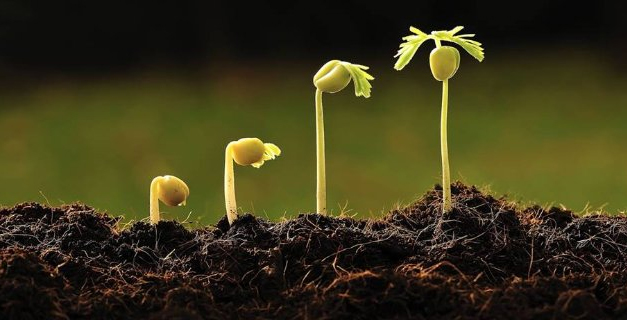Common Indoor Seeding Mistakes

Mold
Seen as white, hairlike growth on the soil surface, parasites flourish in earth that is excessively wet, typically joined with humid air or poor ventilation around plants. Utilize cell flats and plant one seed for every cell to sufficiently enable space for air to circle around seedlings. If you put a little fan in the region (positioned so that it’s not blowing directly at seedlings) will likewise keep the air moving.
Damping-Off
This is normally the issue when stems turn darker and twist at the soil level because of parasites. Try to evacuate the humidity arch right after sprouting. By leaving it on you will make an environment that pathogens and pests cherish.
Pests
If you have houseplants with bug issues, keep your seedling plate far from them. The most common indoor seeding-starting pest is the fungus gnat. It looks like a small but sluggish fruit fly. Gnat larvae survive only in a moist environment, so cut back on water once seeds have sprouted, let the top ¼ inch of soil dry out between watering.
Planting Depth
At the point when planted too profoundly and kept excessively moist and cold, seeds can decay. Plant as per the directions on the packet.
Seed Quality
In case you’re doing everything right and your seeds still won’t grow, they might be just too old. Seeds sprout best when they are fresh. Quality seed companies print a “packed for” date on envelopes. Do your research: Some seeds—beans, lettuce, tomatoes, and peppers among them—can be kept stored in a sealed bag in a dry, dark place for several years.


